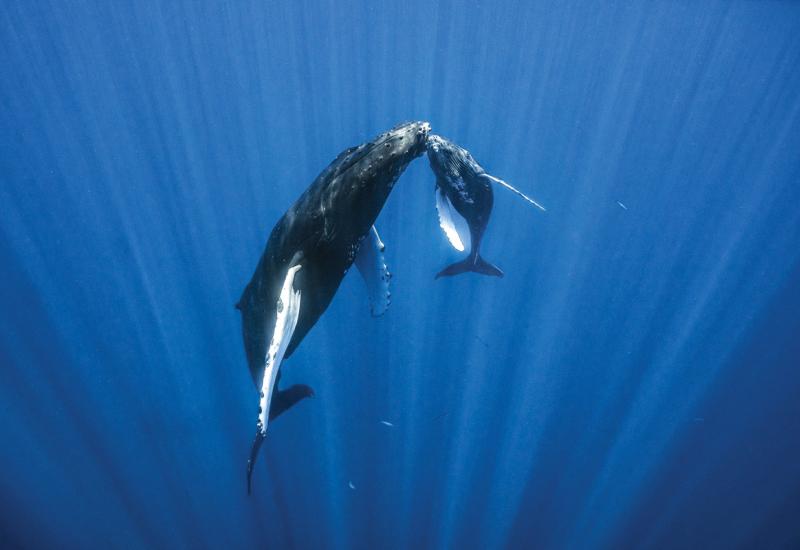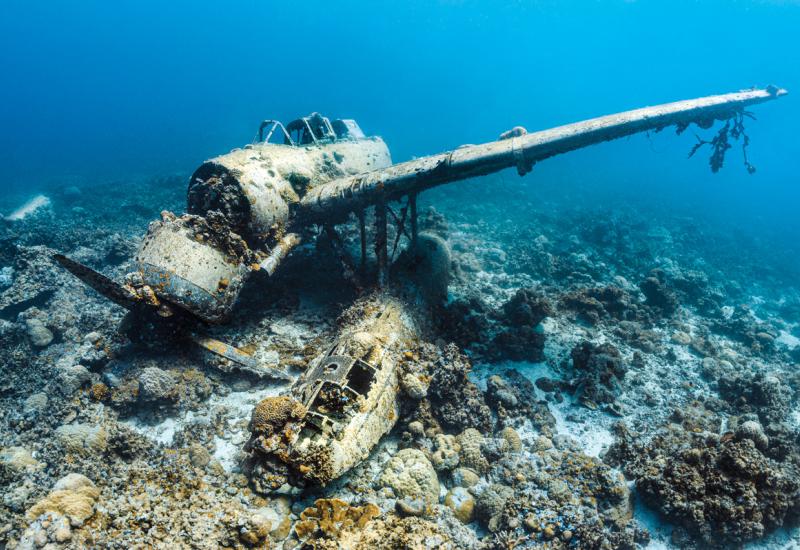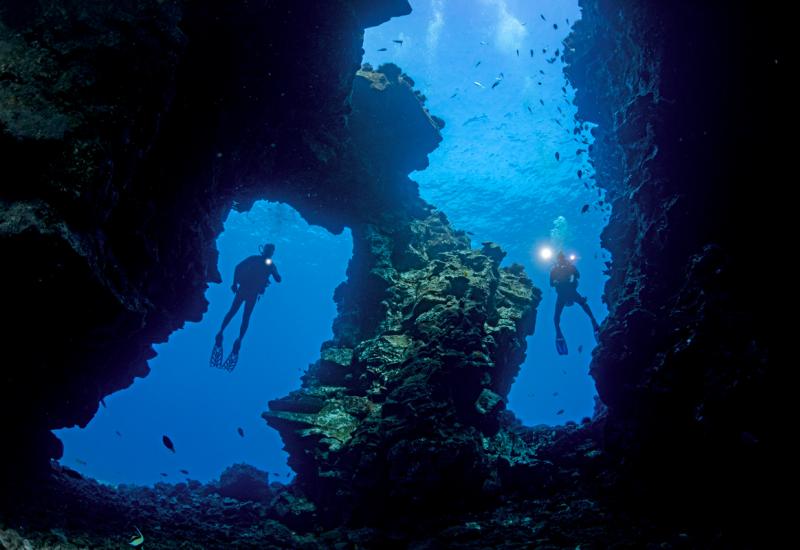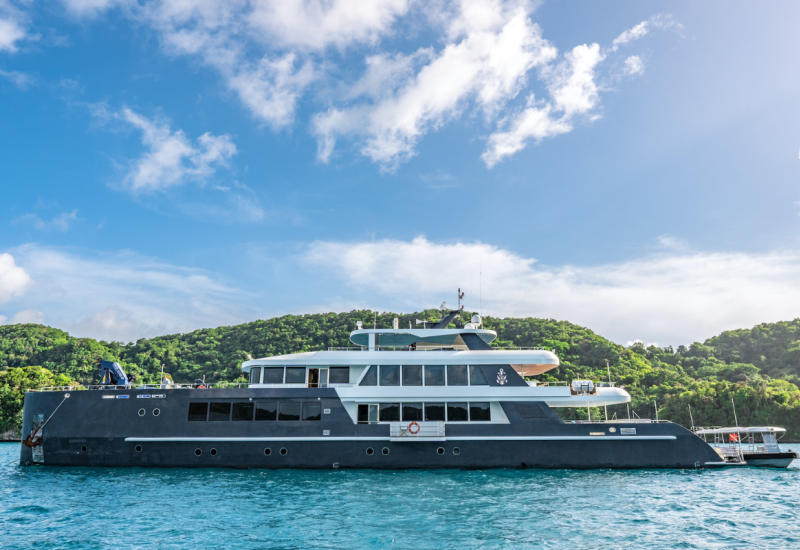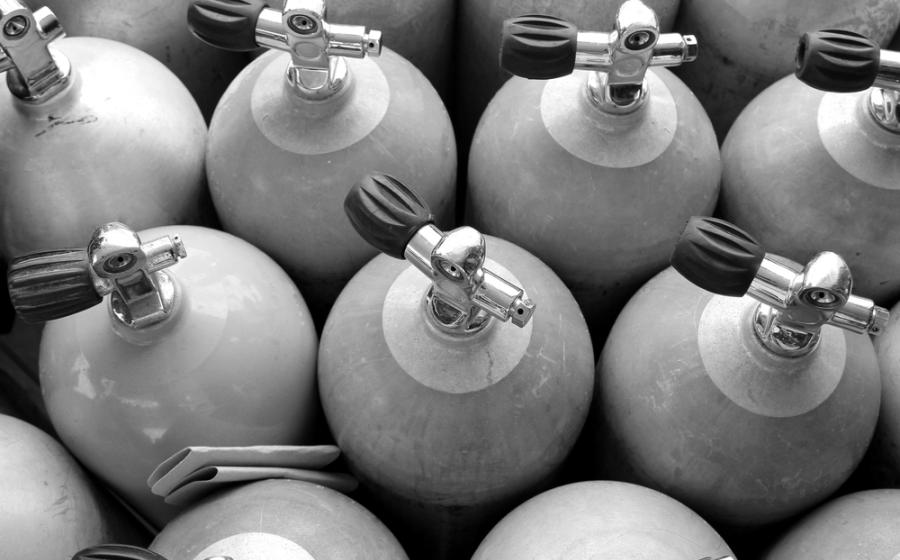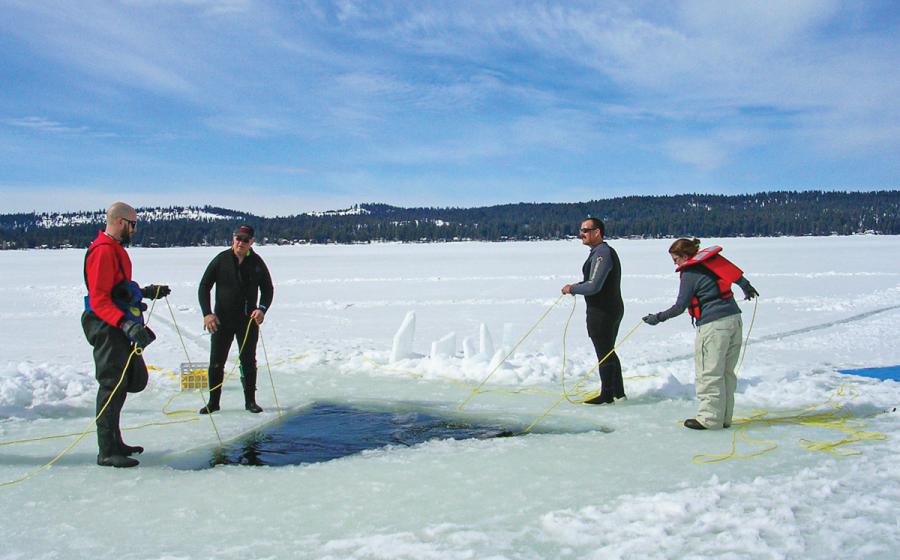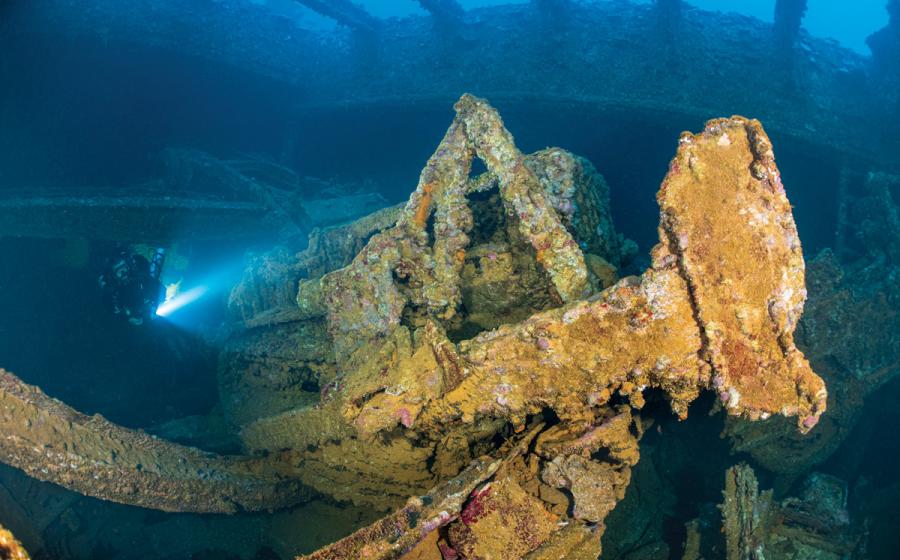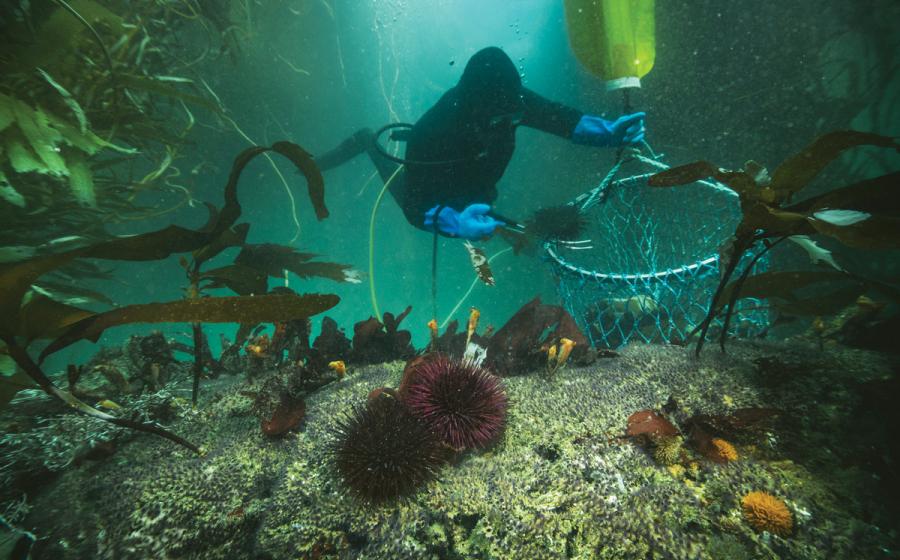25 Reasons to Scuba Dive Palau
This Micronesian paradise calls divers back again and again with incredible drift dives, wall dives and more.
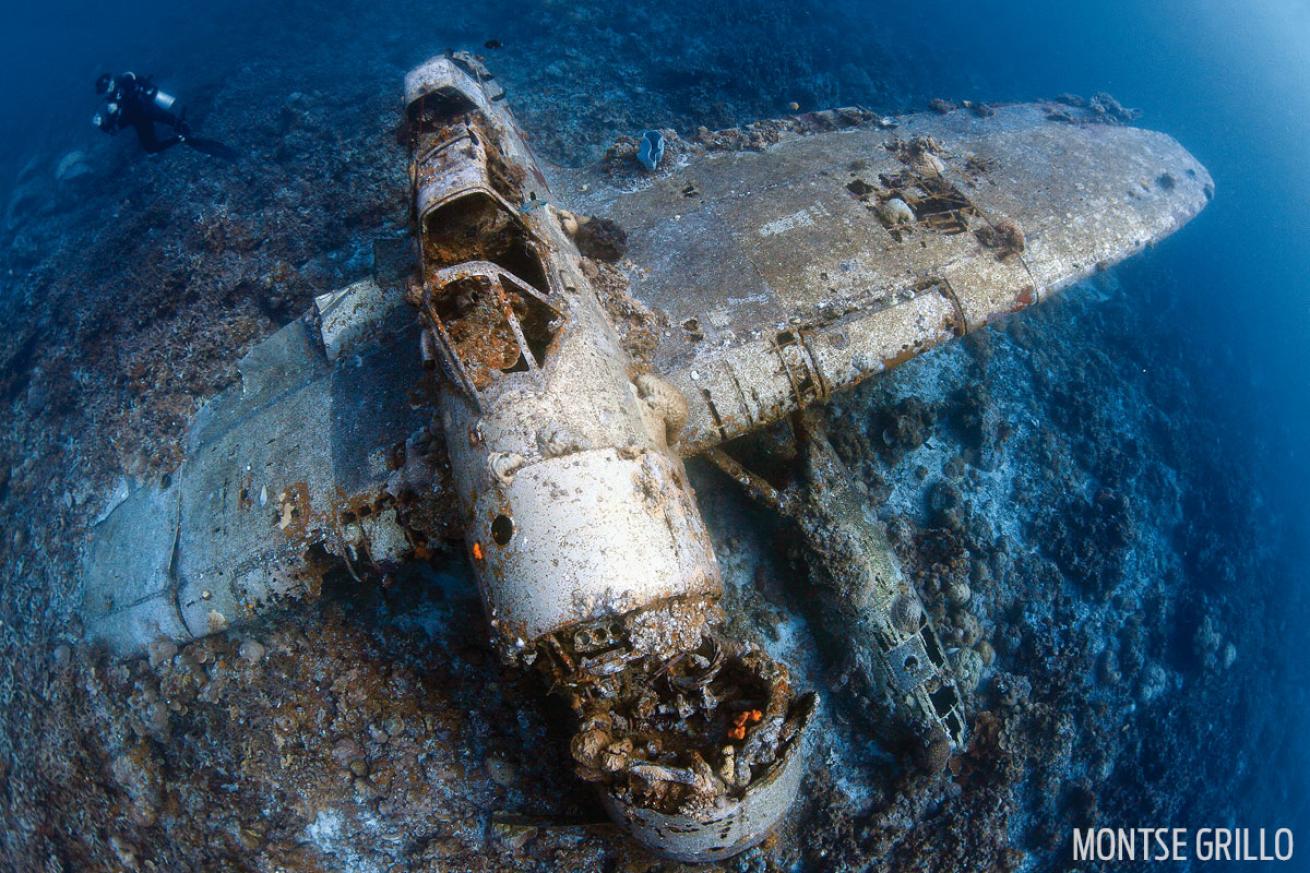
Montse GrilloThe Jake Seaplane wreck in Palau.
For divers who’ve been lucky enough to blow bubbles in the underwater wonderland that’s Palau (many of our readers, apparently!), one trip is never enough. And for those who’ve seen the remote Micronesian archipelago only in classic photos of tropical islands and massive sharks, we can promise you this: Palau delivers even beyond the hype, both above the surface and below. Wall dives teeming with big animals, macro life galore, impressive wrecks — it’s all waiting within one of the largest marine protected areas on the planet.
Palau is a favorite among divers and took home the following 10 accolades in the 2018 Scuba Diving magazine Readers Choice Awards:
| SECOND PLACE |
|---|
| Conservation |
| Big Animals |
| Cave, Cavern, Grotto |
| Walls |
| Photography |
| THIRD PLACE |
|---|
| Wrecks |
| Advanced |
| Technical |
| FIFTH PLACE |
|---|
| Best Overall |
| Macro |
CONSERVATION
1 ) MILES OF PROTECTION
Passed in 2015, the Palau National Marine Sanctuary Act made the archipelago the sixth-largest fully protected marine reserve in the world. Eighty percent (193,000 square miles) of Palau’s maritime territory is a no-take zone, with fishing open to locals only — no foreign boats allowed — in just 20 percent of the country’s waters.
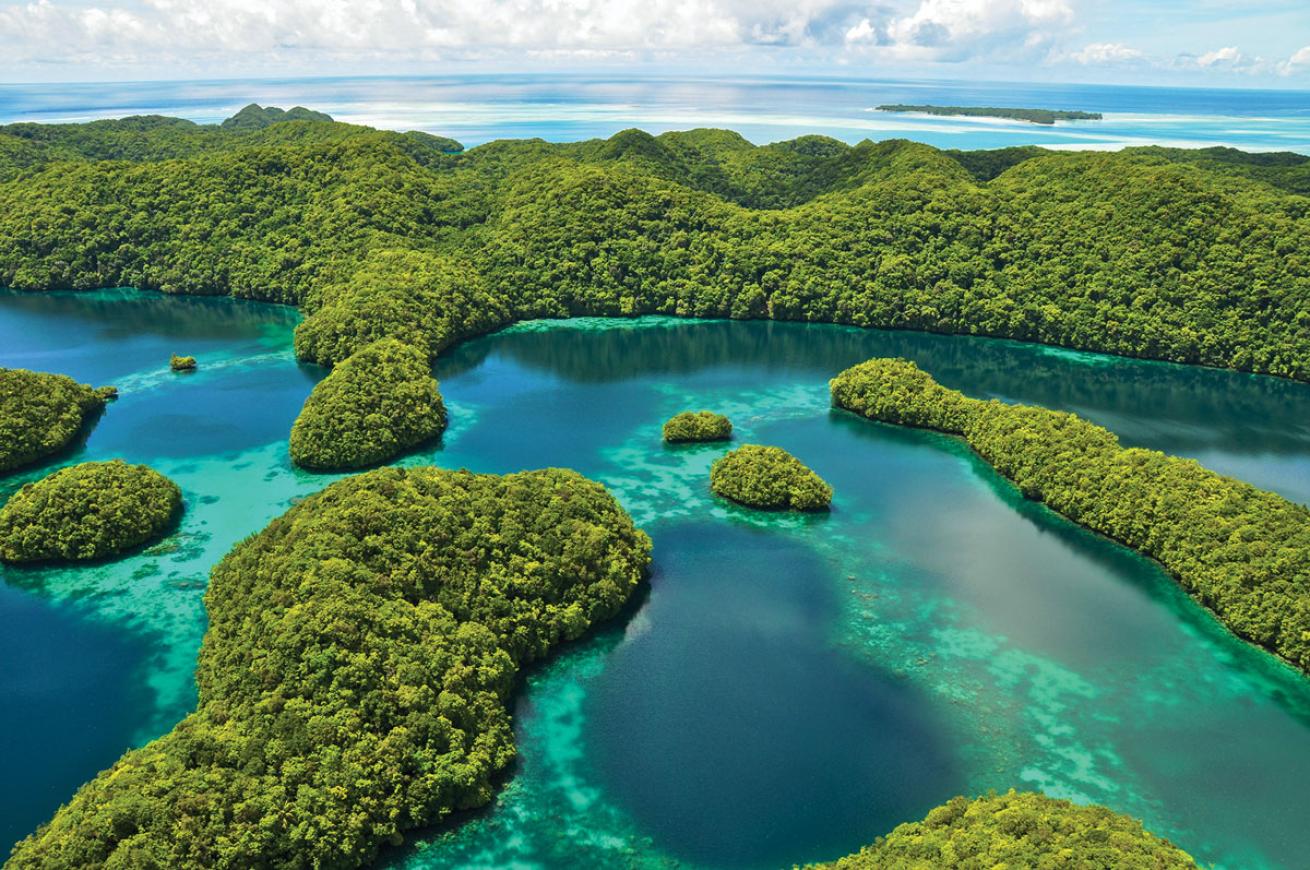
ShutterstockIn 2017, Palau became the first country to require all tourists to sign an eco-pledge to be issued an entry visa.
2 ) THE TRADITION OF BUL
Traditional and tribally instituted methods of conservation — called bul — have been in force here for some 1,000 years, with Palauan chieftains and their councils deeming certain surrounding reefs off-limits to fishing in order to allow species time to recover and reproduce.
3 ) ROCK ISLANDS SOUTHERN LAGOON
The iconic mushroom-shaped limestone islands are just as pretty in real life as they are in photos — and they’re a UNESCO World Heritage Site to boot. The islands are home to more than 385 coral species, at least 13 species of sharks, dugongs and a universe of other creatures.
4 ) FOR THE LITTLE ONES
Palau’s thriving mangrove forests are the nurseries for many juveniles of the species you see while diving coral reefs and outer walls. The nationally protected Ngaraard Mangrove Conservation Area on the northeast side of Babeldaob island is surely where many a reef fish you’ll spot began its life.
5 ) A PIONEERING SHARK SANCTUARY
Palau created the world’s first shark sanctuary in its waters in 2009, and a dive on almost any of the walls here is testament to how the species are thriving. The tiny nation went on to inspire other countries in the region and world to create shark sanctuaries of their own.
CAVE, CAVERN, GROTTO
6 ) INTO ANOTHER WORLD
It’s worth the hourlong boat ride from Koror to reach the stunning Blue Holes on northwest Ngemelis Island, where four holes atop a reef allow divers to access a large cavern below.
7) FROM THE CHANDELIER
Submerge to see the glittering, gorgeous stalactites and stalagmites at Chandelier Caves. The site is a system of five connecting chambers, four of which are filled with water. Soldierfish lurk in the shadows inside, and mandarinfish can sometimes be seen at the main entrance.
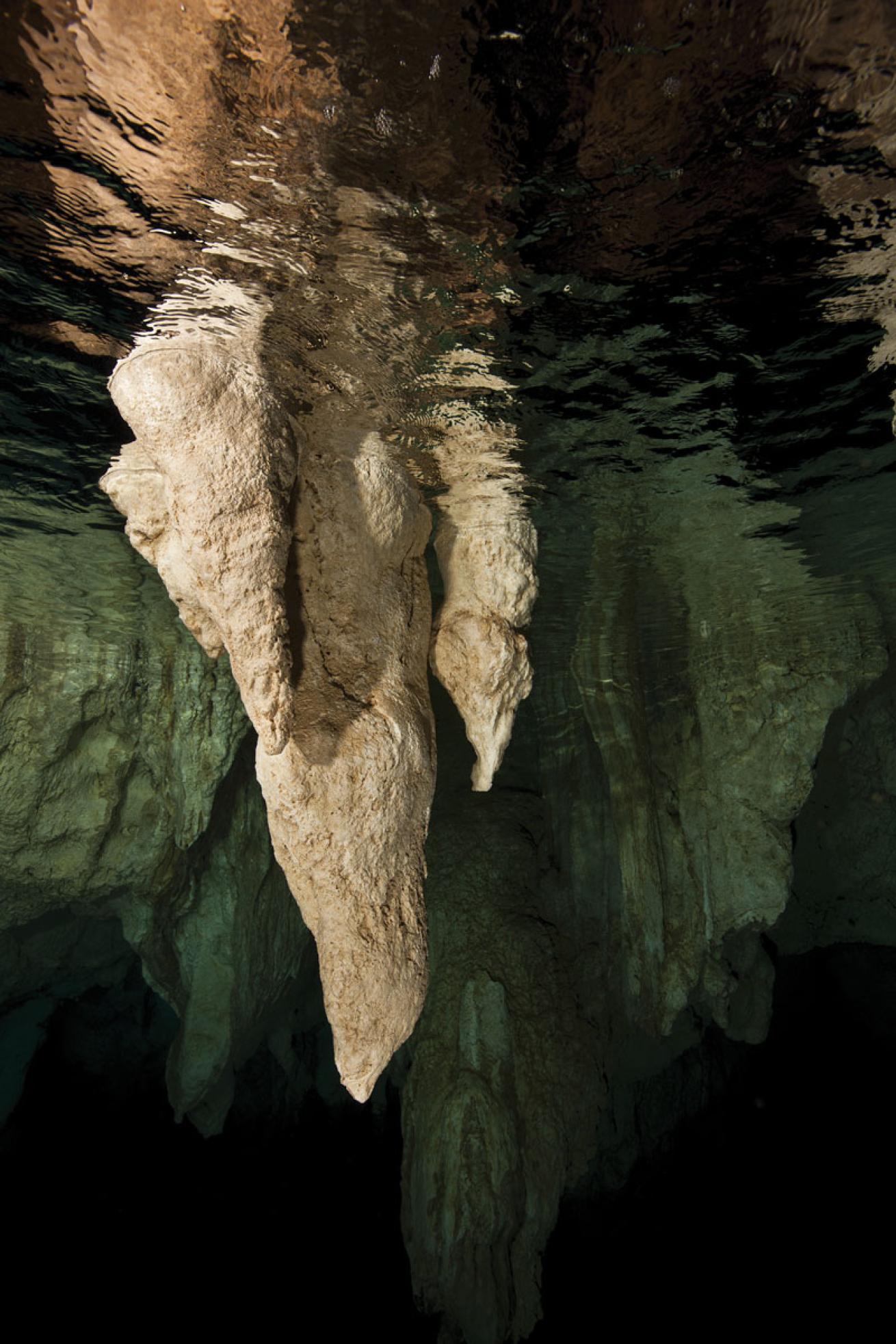
ShutterstockSubmerge to see the glittering, gorgeous stalactites and stalagmites at Chandelier Caves.
8 ) SAFETY IS KEY
It’s a no-brainer to have a fully charged light at the ready when diving caverns and caves. But be careful too when surfacing in air pockets, because you might catch a stalactite to the cranium.
9 ) LOOK DOWN
A hole in the reef wall some 80 feet down leads into Siaes Tunnel, where you might see whitetip reef sharks and stingrays resting on the sandy bottom far below. While natural light streams inside from the openings, a dive torch will further brighten your view.
10 ) POINT AND SHOOT
When capturing a fellow diver in your cave or cavern image, have them swim into position against the brightest background you can find so they don’t get swallowed up in the darkness.
WALLS
11 ) WATCH THE PARADE
Jutting into the open ocean, Blue Corner leaves you reeling from what’s like an underwater Serengeti migration. Use a reef hook to stay put in the current, then watch the sharks, turtles, eagle rays, barracuda, grouper and other denizens cruise the currents.
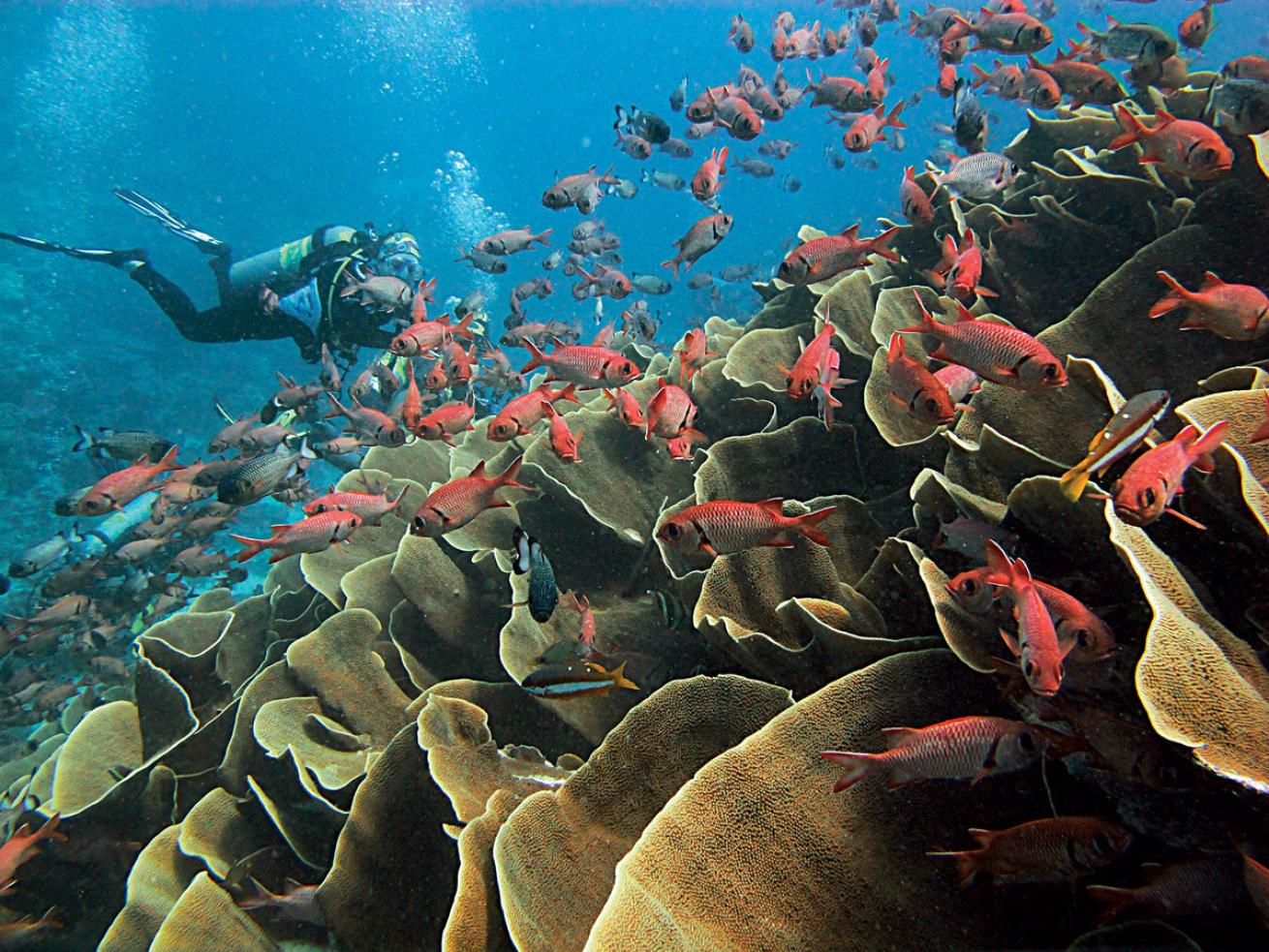
ShutterstockPalau is known for its colorful reefs.
12 ) ENJOY THE RIDE
The roller-coaster ride of a drift at Ulong Channel starts out with a fun wall dive along a reef where you’ll see sharks cruising at about 60 feet, right at the channel’s entrance. From there, let the currents push you into the sandy channel past walls of lettuce coral that loom 20 feet high.
13) PELELIU WALL
The strongest currents in Palau cut this site off Peleliu Island. But during moderate currents, the dive is sublime. Gray and whitetip reef sharks abound, and you can experience the vortex of some of the world’s largest schools of snapper, jacks and surgeonfish.
14 ) BIG DROP-OFF
It’s easy to see why this vertical drop was a purported favorite wall dive of Jacques Cousteau. Fin through black and yellow clouds of pyramid butterflyfish, admire the spectacular soft corals, and scout for leopard sharks patrolling where the ledge begins its plunge a dizzying 900 feet.
15 ) WHY USE A REEF HOOK?
A quintessential Palau diving accessory, the reef hook is used at many sites and is key for saving on air consumption while staying put in the blowing currents. Hook into dead parts of the reef or rock so you don’t destroy coral.
PHOTOGRAPHY
16 ) MANDARIN FISH LAKE
The mandarinfish is notoriously tricky to photograph, but your odds are better at this shallow lagoon. Dive guides from Fish ’n Fins know just where to find them. Cloudy days often see the jewel-hued beauties making appearances too.
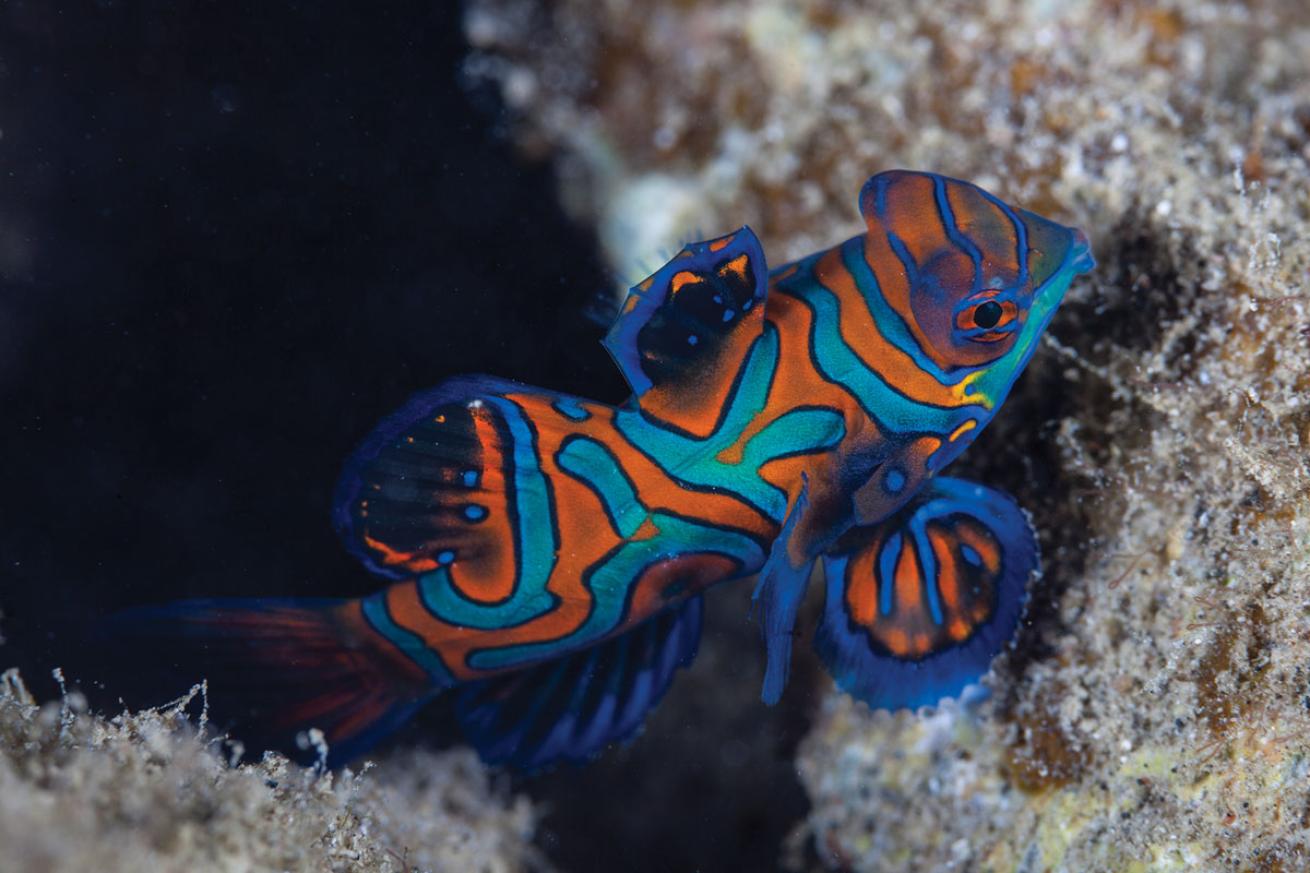
ShutterstockThe striking mandarinfish, a favorite subject of underwater photographers.
17 ) A NEW VANTAGE POINT
Exploring the Rock Islands during camping and sea-kayak trips with a naturalist guide from Planet Blue Kayak Tours feels like a true expedition and delivers shots of rare wildlife, World War II relics and tropical flora to prove it.
18) FLY THAT DRONE
Palau’s Rock Islands can be viewed during a helicopter tour if you can spare the cash. But your drone can also do the trick of capturing the many marine lakes and limestone island wonders.
19 ) SEE PLANE
A five-minute boat ride from Koror gets you to the Jake Seaplane wreck — a favorite among photographers. The Japanese plane sits upright in 45 feet of water, surprisingly well-preserved. A peek inside the cockpit reveals ammo, radios and a small bomb.
20) BLACKWATER DIVING
Guides at Sam’s Tours drop lights into water over 1,000 feet deep. Then you wait for what comes up. For macro shooters, it’s a festival of photogenic critters like nudibranchs, squid and slipper lobsters.
BEST BIG ANIMALS
21 ) GIANT CLAMS
Stuck in place they might be, but there’s a marvel to seeing a bivalve grow to the immense proportions of Palau’s giant clams, which can weigh more than 400 pounds and stretch 4 feet across. The waters here harbor eight of the world’s 10 known species.
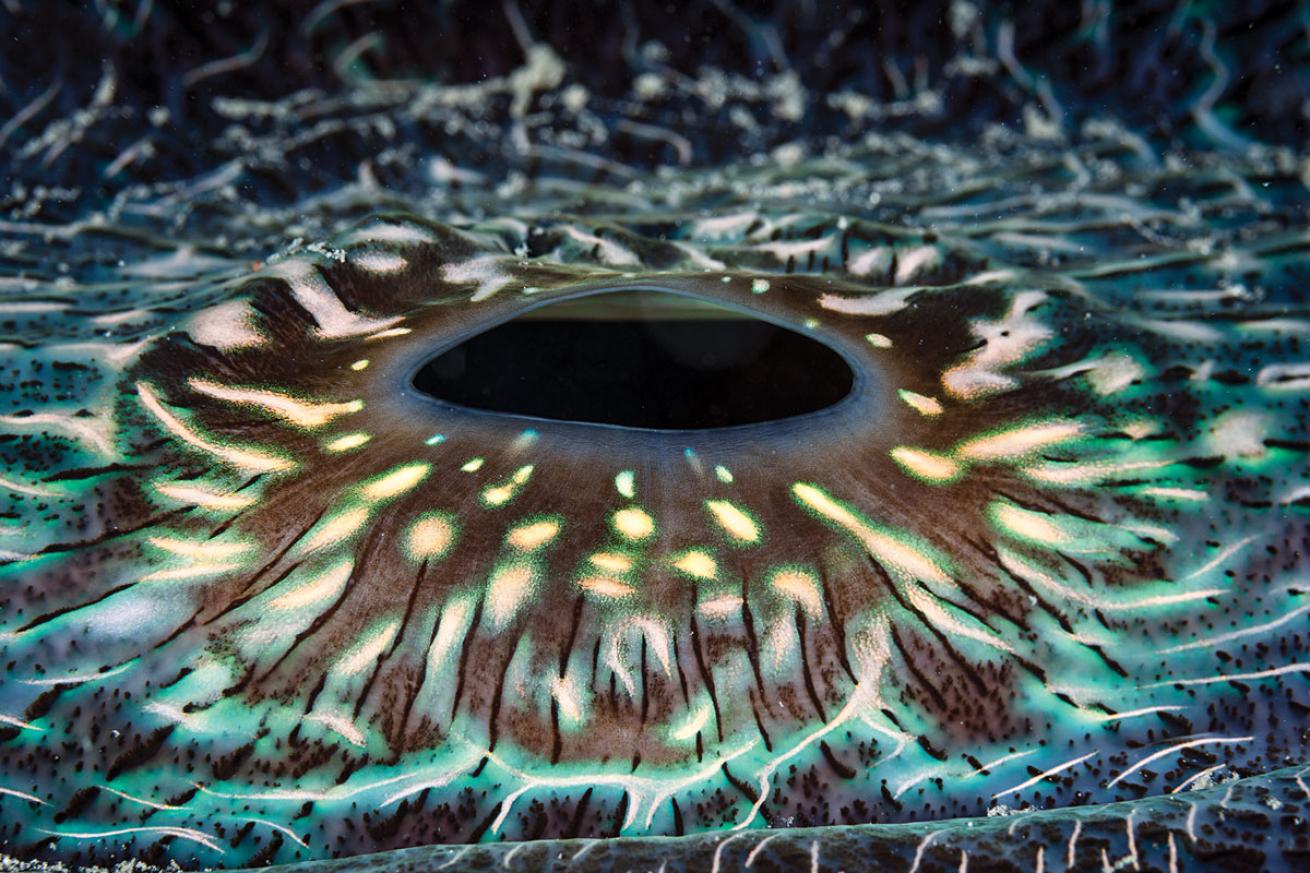
ShutterstockPalau's giant clams can weigh more than 400 pounds.
22 ) BLACKTIP REEF SHARKS
No destination can guarantee sharks on every dive, but the prevalence of blacktip reef sharks in Palau gets close. Divers use reef hooks to take in the action at legendary sites like Blue Corner, where you never know when a blacktip — or an entire fleet of them — will fly past in the current.
23 ) MANTA RAYS
One of the biggest thrills you can have as a diver is seeing a manta swoop in from above. It happens on a regular basis at German Channel, where the rays gather to feed on plankton and get their groom on at cleaning stations. Cleaner wrasse and butterflyfish do the detailing, much to the delight of the winged beauties and divers alike.
24 ) GREAT HAMMERHEADS
While not typically a common sight, hammerhead sharks can be seen here year-round. There have been numerous sightings at Shark City, where a canyon has earned the nickname “Hammerhead Point.”
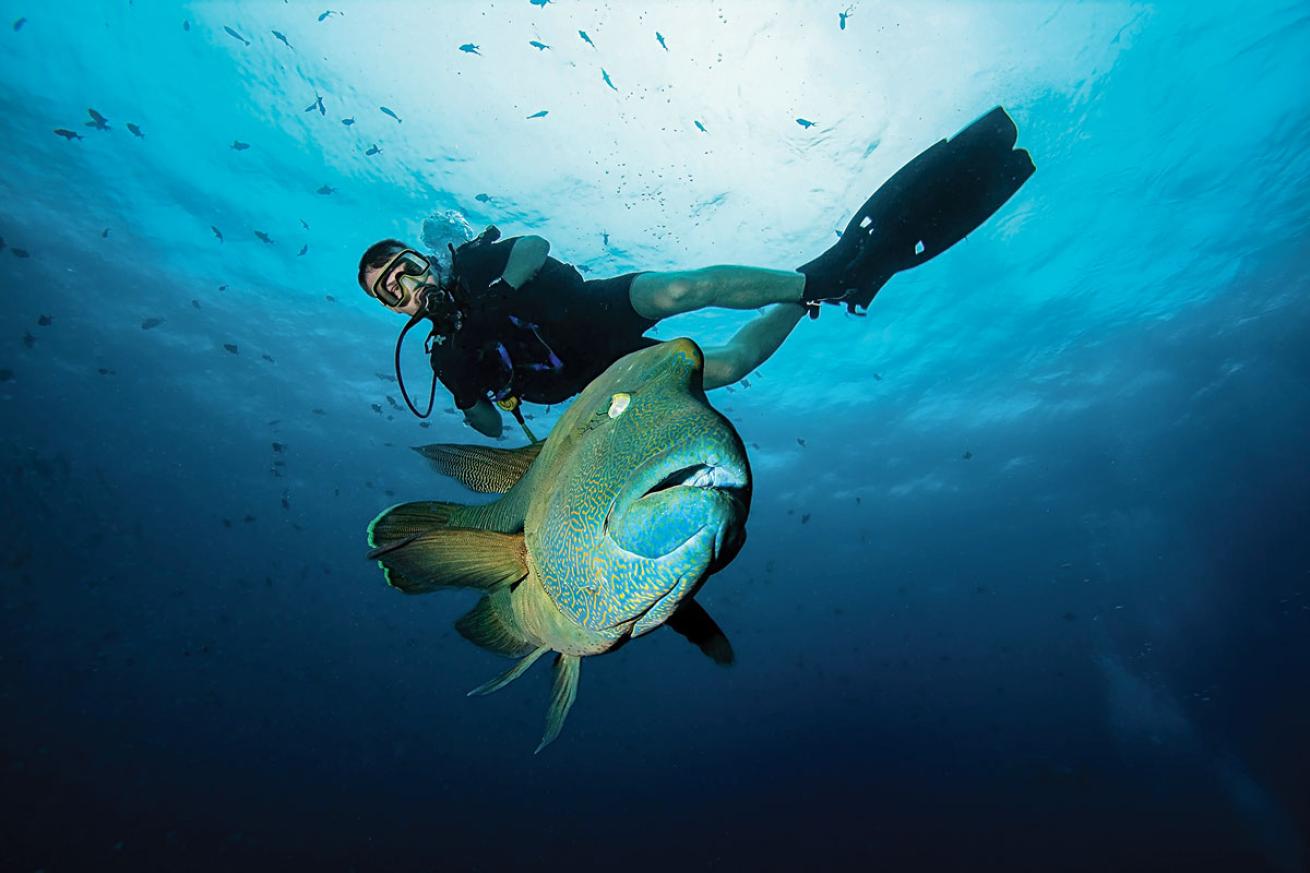
ShutterstockThe Napoleon wrasse can grow up to six feet in length.
25 ) NAPOLEAN WRASSE
Their cool hues and curious nature make Napoleon wrasse a crowd favorite in Palau’s current-swept passes. They’re among the biggest reef fish in the world, growing up to 6 feet long.

